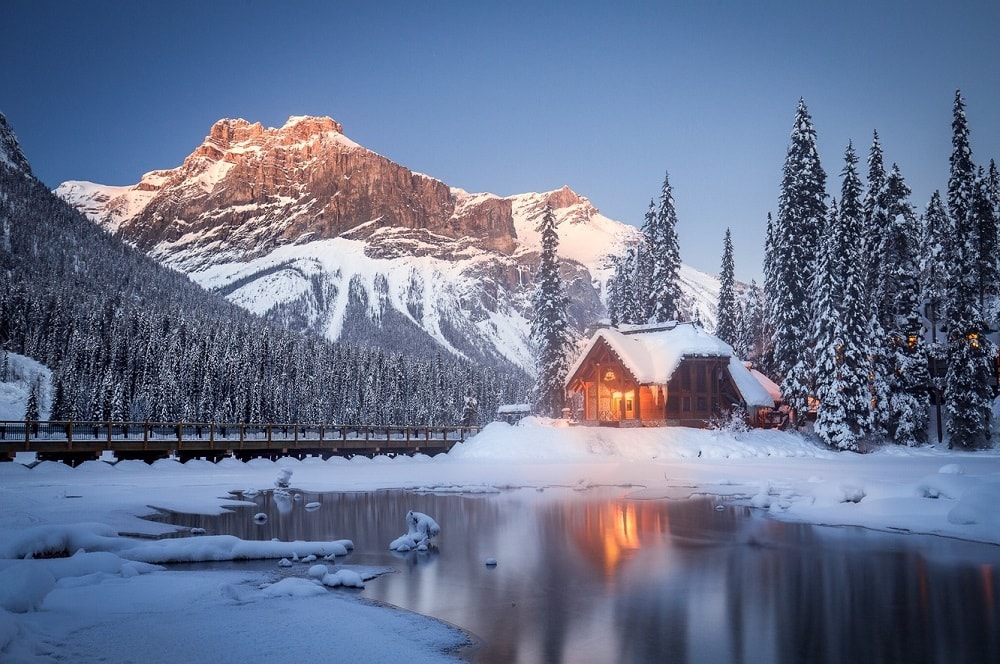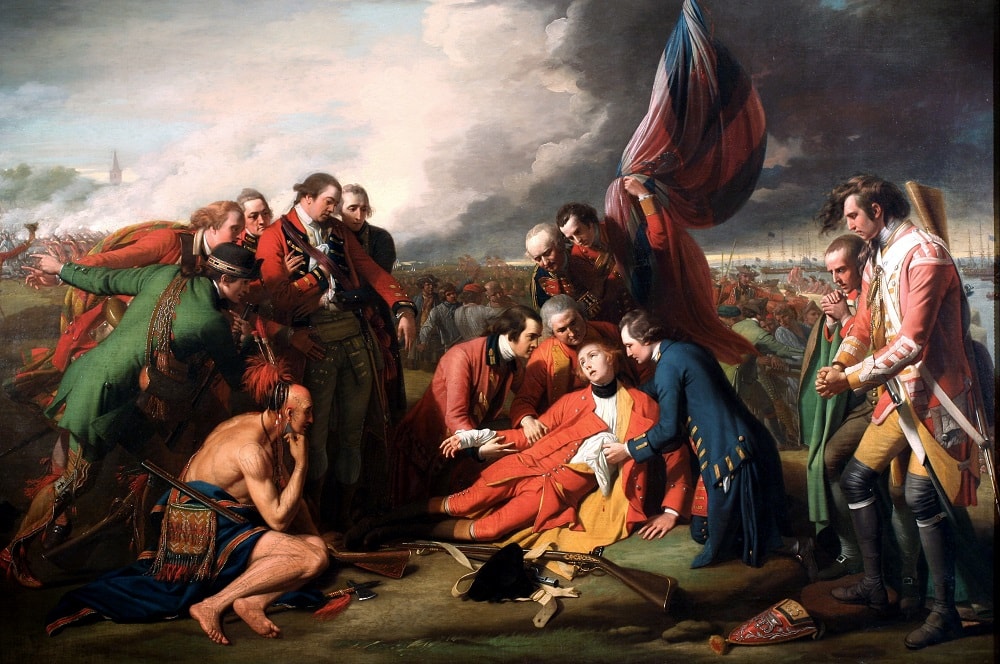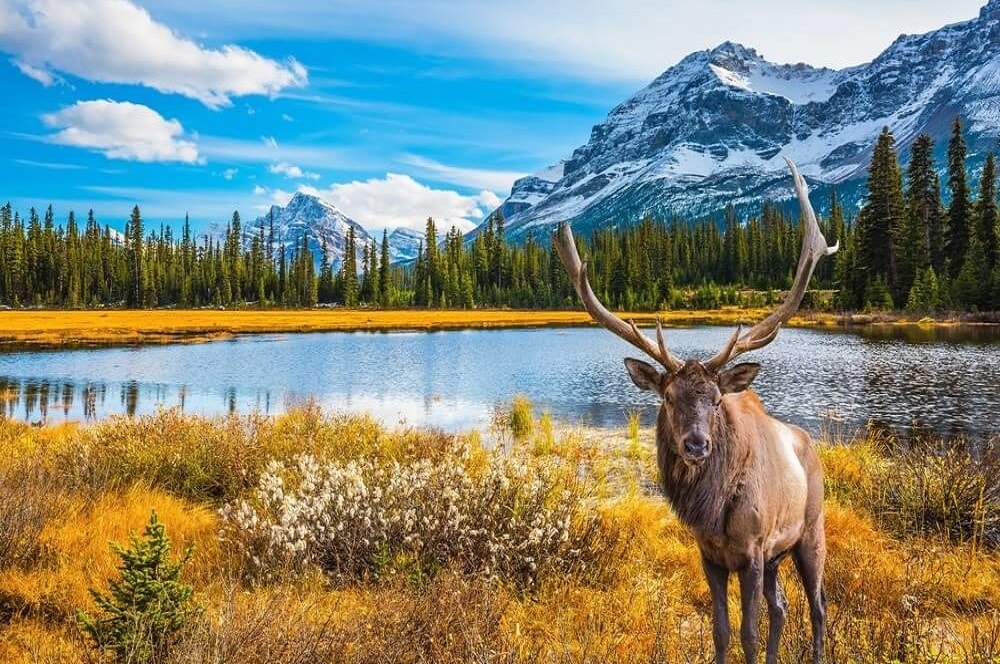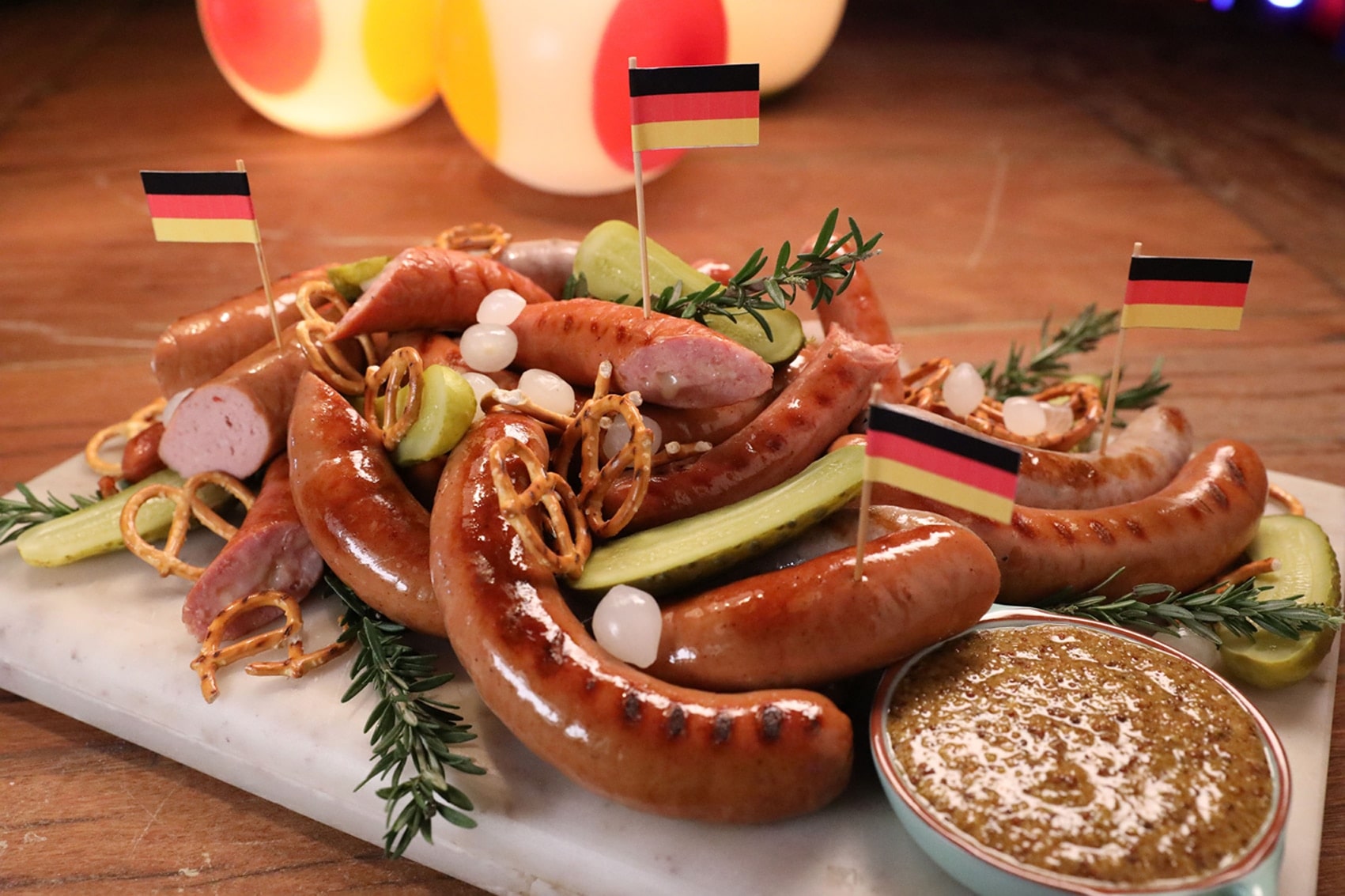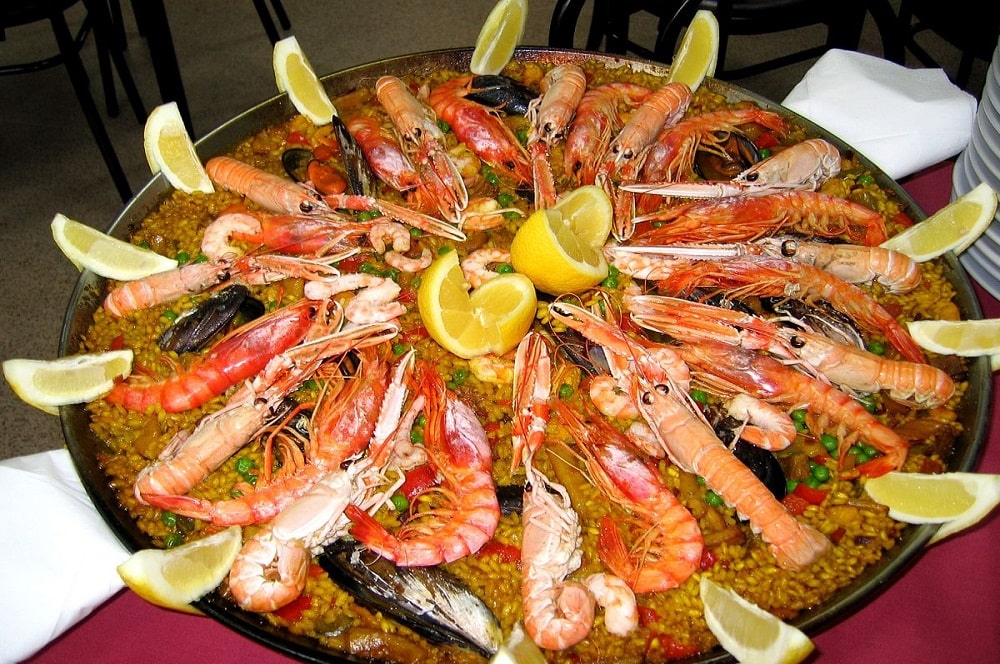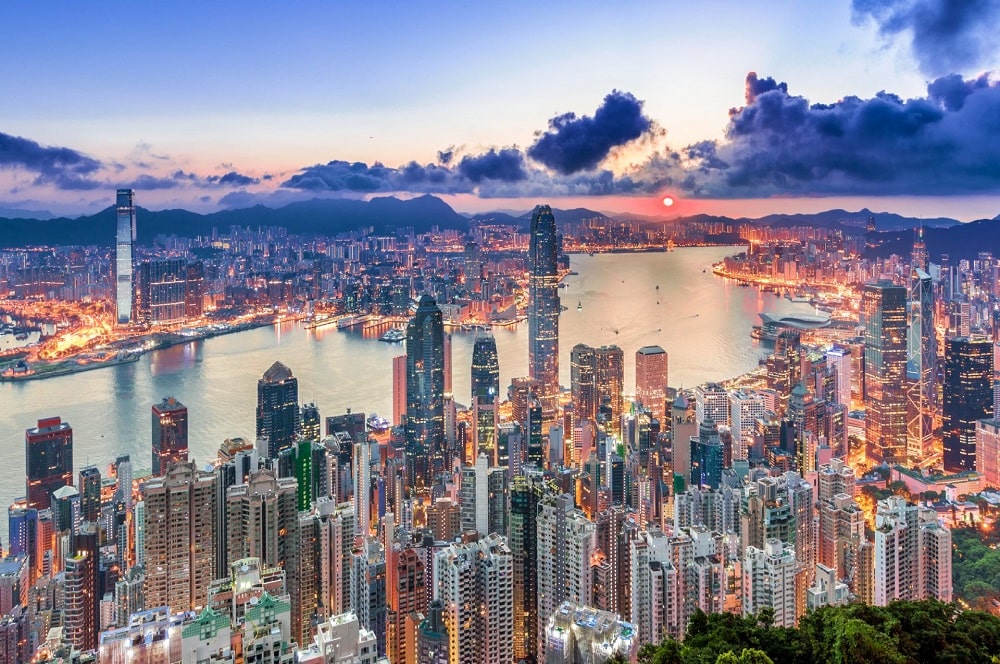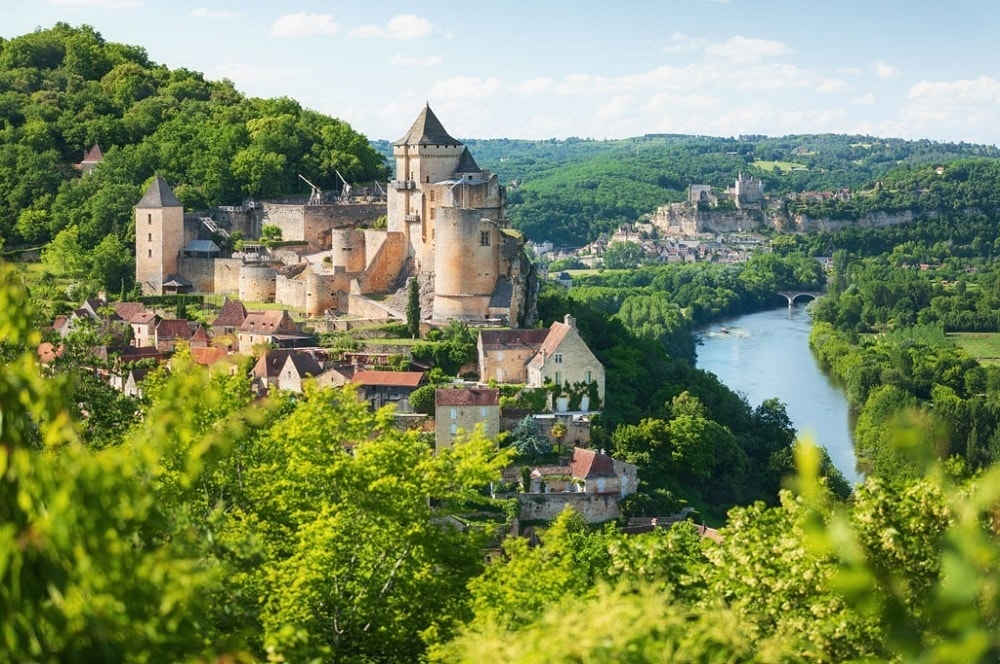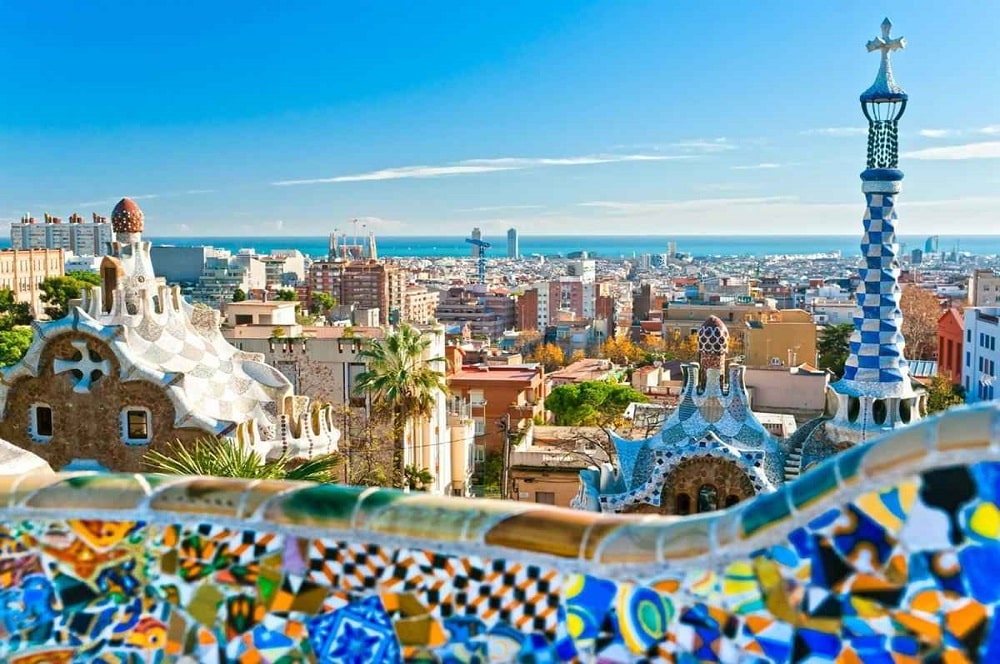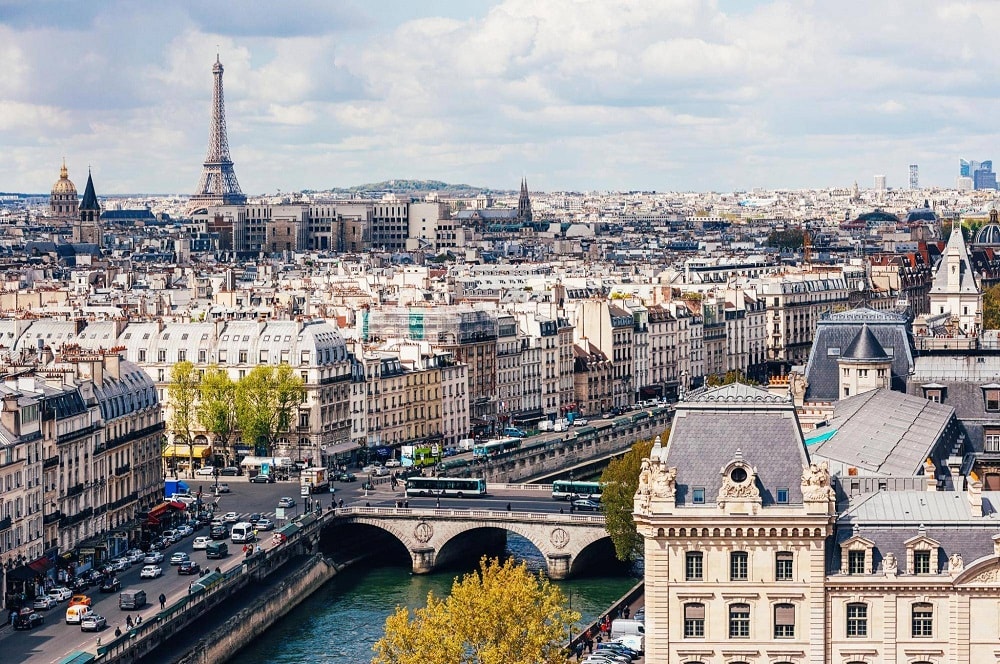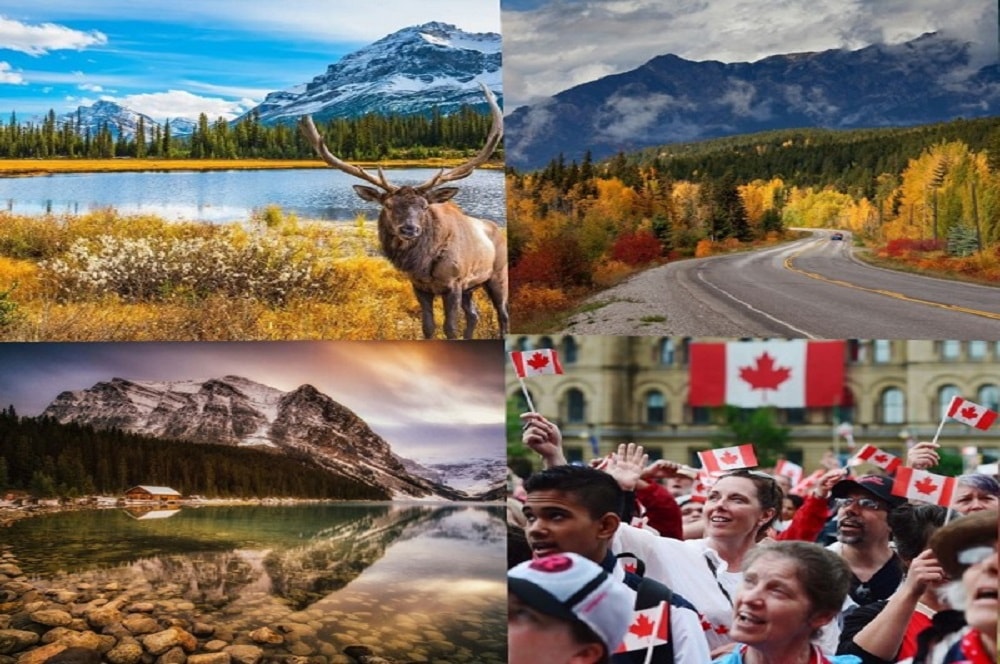
Ice hockey, Niagara Falls, Mounties and maple syrup house – Ryan Gosling and Drake almost everyone on the planet knows something about Canada. Still, first-time visitors should expect some surprising surprises, starting with the country’s enormous size. Canada’s cities are filled with fascinating Québec, trendy Vancouver, cosmopolitan Toronto and Montréal historical and cultural treasures. Canada has natural beauties that fascinate itself with the magnificent fjord-sloped coastline of Newfoundland and Maritimes, the sparkling lakes of Rockies and their majestic peaks.
Basic Information About Canada
Canada is the northernmost of the North American continent. It has an area of 9,984,670 square kilometers. It is the second largest country in the world in terms of total area and the fourth largest country in the world in terms of soil. The country, which is known for its natural beauties and vast lands, is compared to its neighboring United States economically and technologically. However, the people of the country are more dependent on the British heritage. Founded with immigrants from Britain and France, the country carries the traces of both geographies.
………………………………
Click to continue.
Canada’s Capital, Cities and Regions
Canada is a federation governed by parliamentary democracy and constitutional monarchy. Queen II. Elizabeth has the title of being the president and monarch with the title of “Queen of Canada”. The queen has a representative in the country. This agency, called the chief governor, is usually chosen among retired politicians or elite Canadians. Canada, with a surface area of approximately 10 million square meters, consists of 10 states and 3 regions. Ottawa city, located southeast of the province of Ontario, is the country’s capital. Ottawa is also the fourth largest city in Canada.
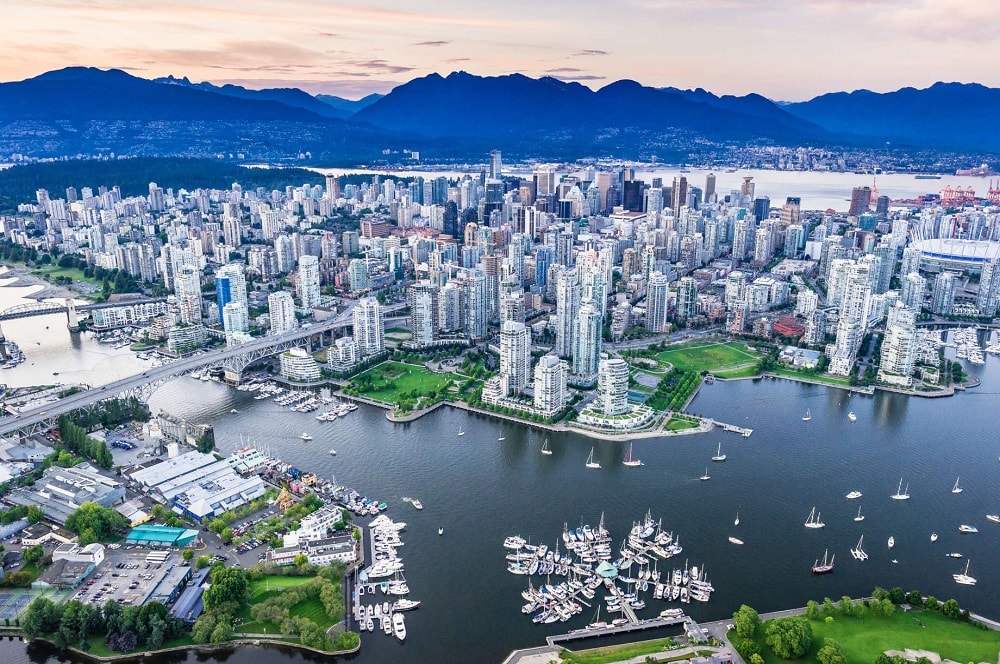
The states have a large degree of autonomy from the federal government; however, the federal government is obliged to implement social programs such as health and education. States; British Columbia consists of Alberta, Saskatchewan, Manitoba, Ontario, Québec, New Brunswick, Prince Edward Island, New Scotland and Newfoundland & Labrador. Regions are listed as Yukon, Northwest Territories, and Nunavut.
-
Halifax Travel Guide
-
Montreal Travel Guide
-
Quebec Travel Guide
-
Toronto Travel Guide
-
Vancouver Travel Guide
-
Ottawa Travel Guide
Where is Canada?
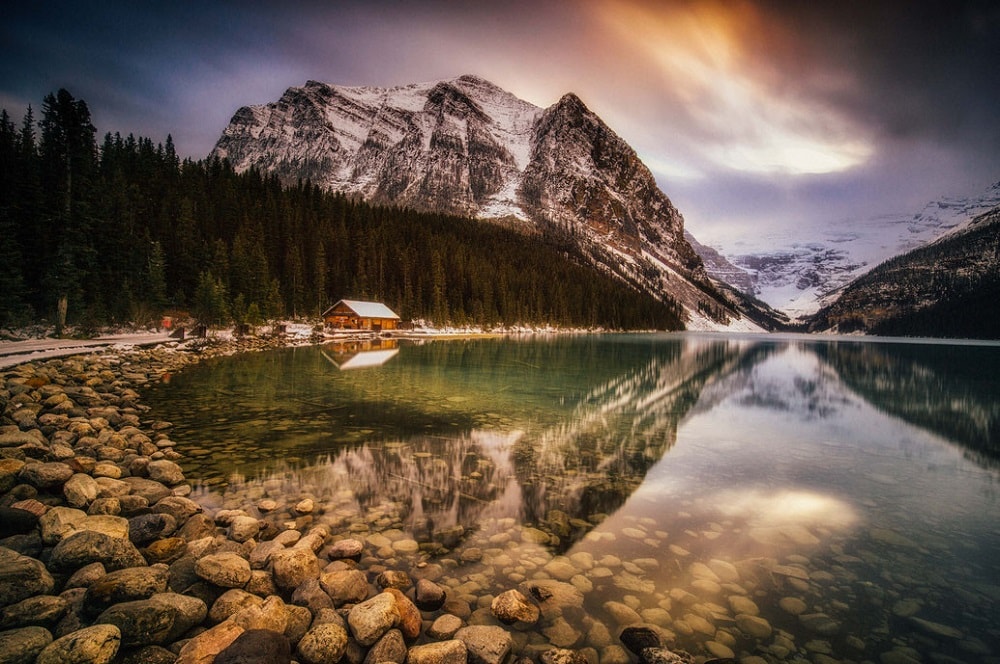
Canada covers most of North America. It borders the United States from the south and Alaska to the northwest. The 8,891 kilometer Canada – America border is the longest country border in the world. Canada stretches to the Atlantic Ocean in the east, the Pacific Ocean in the west and the Arctic Ocean in the north. The country is the second largest country after Russia with its total area. However, most of the country’s territory consists of forests, tundras and Rocky Mountains. 35 million people, which correspond to 1/5 of the country’s population, live in areas close to the southern border.
Languages Spoken in Canada
Canada is a bilingual country in which English and French are the official languages. 60 percent of the country’s population accepts English and 20 percent accepts French as their mother tongue. 6.8 million Canadians declare their mother tongue different from the official languages. Chinese, Punjabi, Spanish, German and Italian are listed as other major languages in the country.
Religion and Faith in Canada
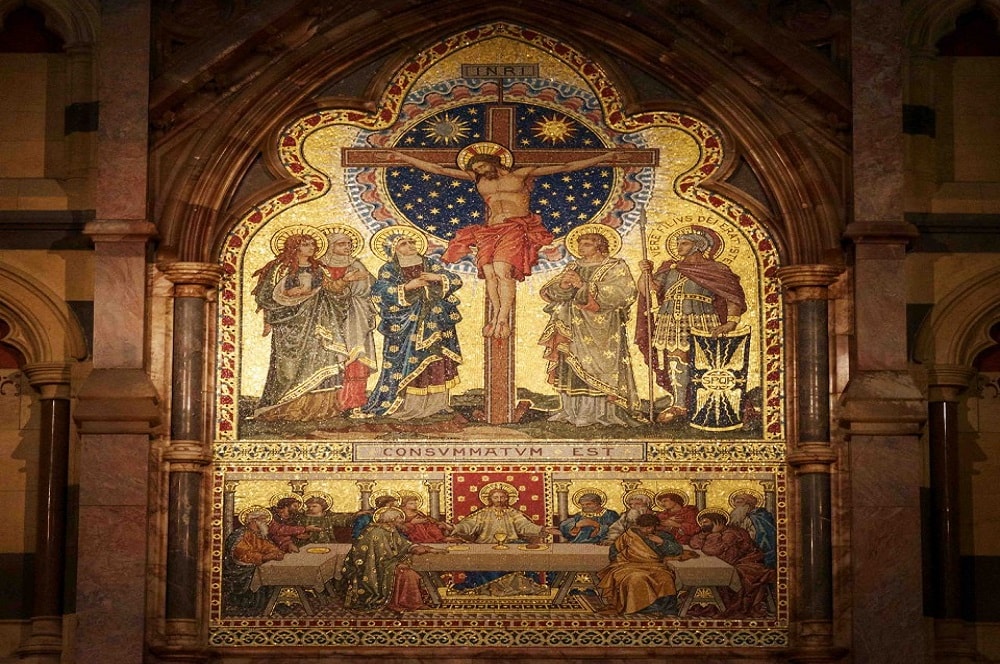
Canada is a country where freedom of thought and belief is high. So much so that 23.9 percent of the country’s population does not believe in any religion. However, as in other American countries, the most common religion is Christianity. Catholics make up 42 percent of the population. Immediately after, Protestants came with a 40 percent average.
A Brief History of Canada
Canada’s history is indexed to native American nomadic peoples, that is, Aboriginals. Three major clans of Aborigines with about 15 thousand years of history, Inuites, Metisler, and the general name given to the rest, form the history of Canada. They migrated from Asia as a result of the merger of Siberia and North American continents with the ice age. Therefore, their religion and culture are very close to the Central Asian tradition. In the 16th century, when immigration from Europe began, their population is assumed to be close to 2 million. As a result of the wars with new European settlers and the rapid spread of European diseases, almost 80 percent of their population died. In addition, with the systematic assimilation efforts, which is an apologized issue today, the local population and local culture have suffered greatly.
The first European cities St John’s were founded in 1583, Port Royal in 1605 and Quebec City in 1608; Canada has been an area where the French and British immigrated.
………………………………
Click to continue.
When to Visit Canada?
Canada welcomes travel lovers with its developed tourism sector and natural beauties. The country attracts attention with music, theater and film festivals in April-May. Winter months are the time when sports are in demand. Ice hockey and skiing are the country’s most important sports. Especially British Columbia stands out with its ski facilities. Autumn is the season when the country’s art festivals are intense.
………………………………
Click to continue.
Climate and Weather in Canada
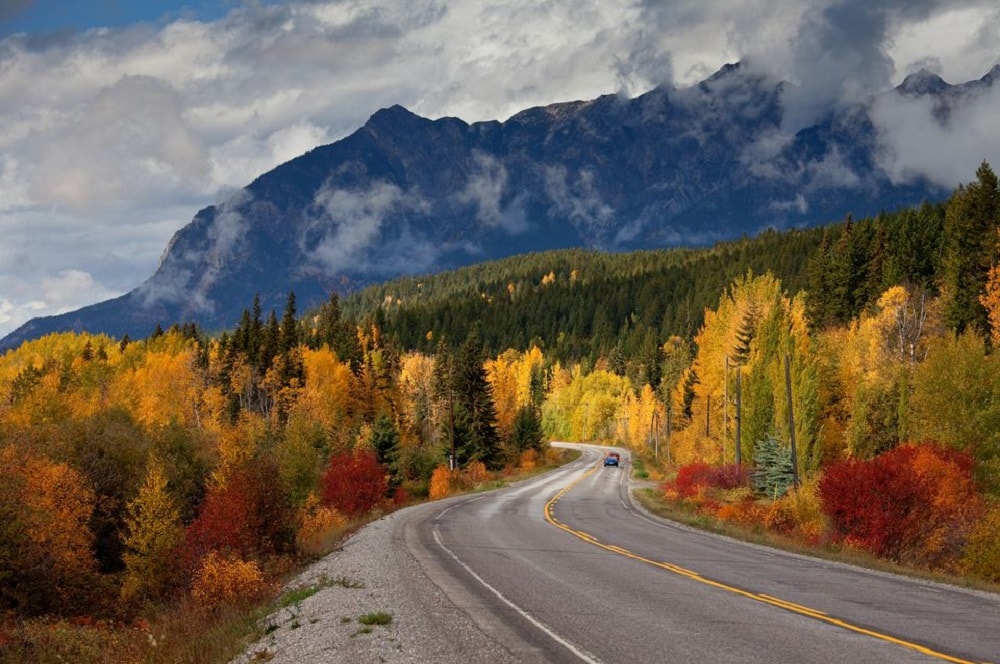
Canada is a country with a continental climate, polar climate and humid continental climate, known for its cold and long winter days. Softer winter conditions are experienced in the south of Ontario, the country’s most densely populated region. The lowest temperatures of the country are observed in the state of Nunavut in the polar region. In Canada’s British Columbia, the temperate climate prevails. Summers are hot and short throughout the country. In many regions, except for polar regions, the average temperature rises above 30 degrees. The officially measured highest temperature is 45 degrees, while the lowest temperature is -63 degrees.
Canada’s Economy
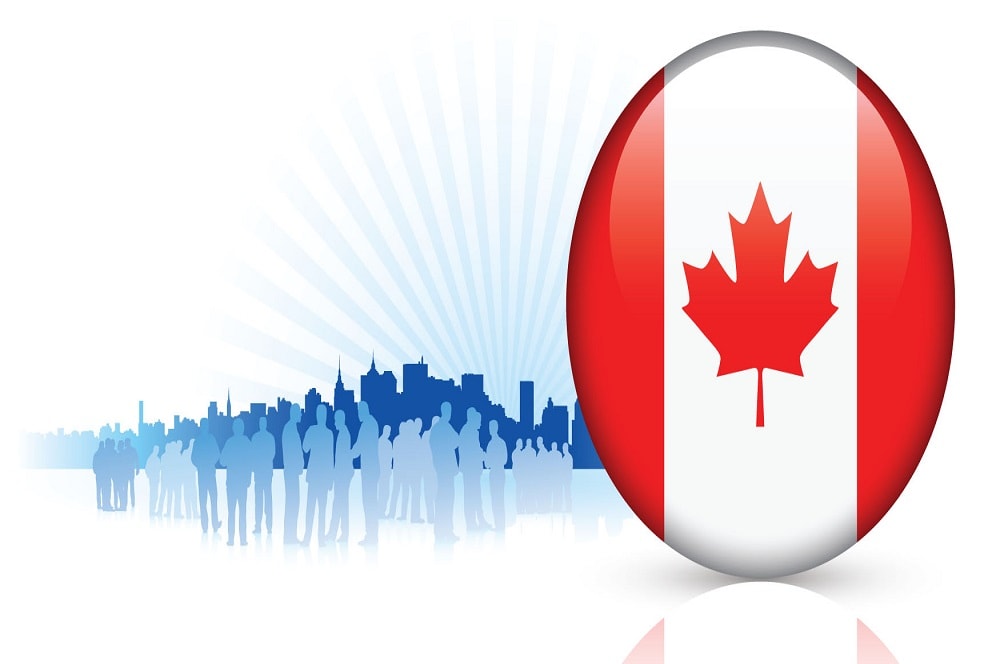
Canada is the 11th developed economy in the world. The country, which is a member of OECD and G8, has a highly globalized economy with an increased trade volume. The rate of imbalance is very low across the country. Canada operates a mixed economic model. The country, where health and education services are provided free of charge, sets an example for many world countries with this model. The production, mining and service sectors, which started to develop at the beginning of the 20th century, carried the country to the industrial period. The service sector is of great importance in the economy. However, forestry and crude oil also contribute significantly to the country’s economy. In addition to the service sector and exports, Canada contributes to its economy with the importance it attaches to science and technology.
Canadian Culture
Canada is known for its inclusion and its policies that bring social interests to the fore. People of different ethnic and religious backgrounds can come together under Canadian identity in the country. This is achieved through policies such as selective immigration, social integration and far-right control. The country is also a pioneer in liberal practices such as free healthcare and gay marriages being legal. In addition, Canada is known as a country that imposes strict controls on the use of arms and pays high taxes in all areas of life.
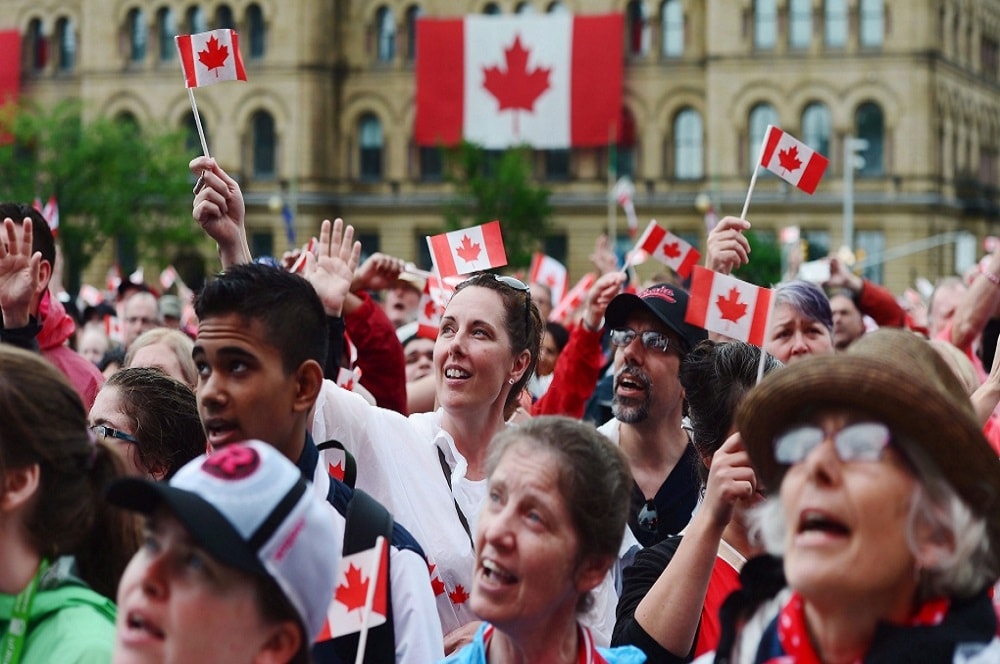
Until the 20th century, Canada reflected the common culture of Aboriginal natives, British and French colonies. However, with the new waves of migration, African, Caribbean and Asian cultures became part of Canadian territory. It includes all parts of Canadian identity created with country literature, music, cinema and art.
Canadian Cuisine
Canadian cuisine is a rich cuisine that differs in the country. In general, country cuisine can be examined in three categories: local cuisine, European cuisine and Asian cuisine. The influence of Aboriginal natives is felt in the country’s food culture. Maple syrup, which is one of the symbols of Canada, has started to be used by aborigines. Other Aboriginal cuisine products such as Pacific salmon, kiwiak and bannock remain popular in the country.
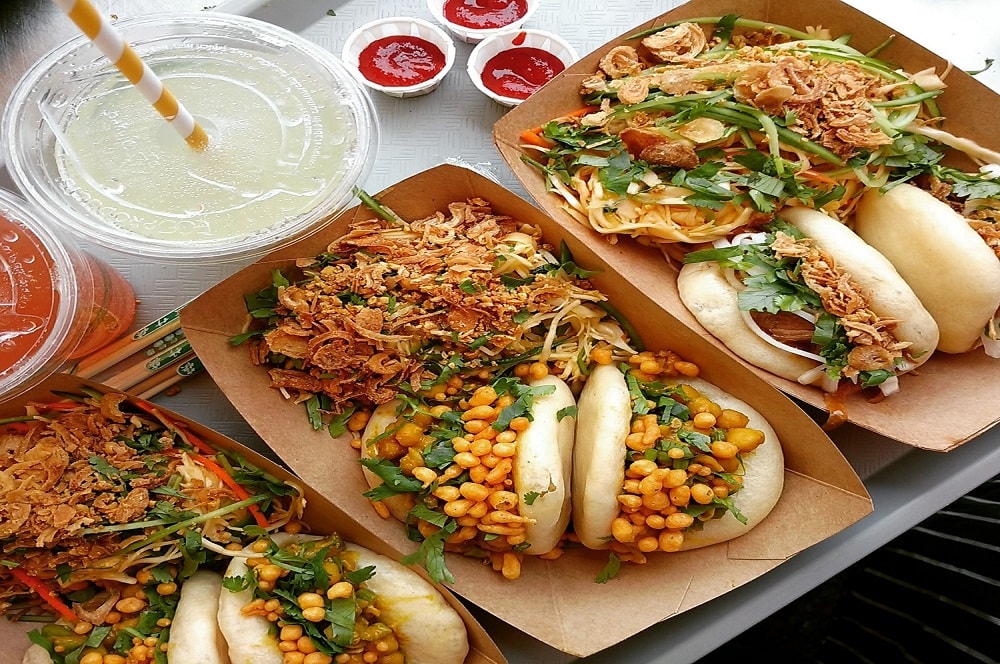
European influence in Canadian cuisine is not limited to English and French cuisine. Ukrainian, German and Polish cuisines also determined the country’s food culture. Poutine, butter tart, Montreal bagel and pierogi are some of them. Asian cuisine has gained an important role especially with the effect of the increasing migration wave in the 20th century. Immigrants from the Caribbean and Southeast Asia brought their food cultures with them. All this diversity has created a rich Canadian cuisine.
Canadian Festivals
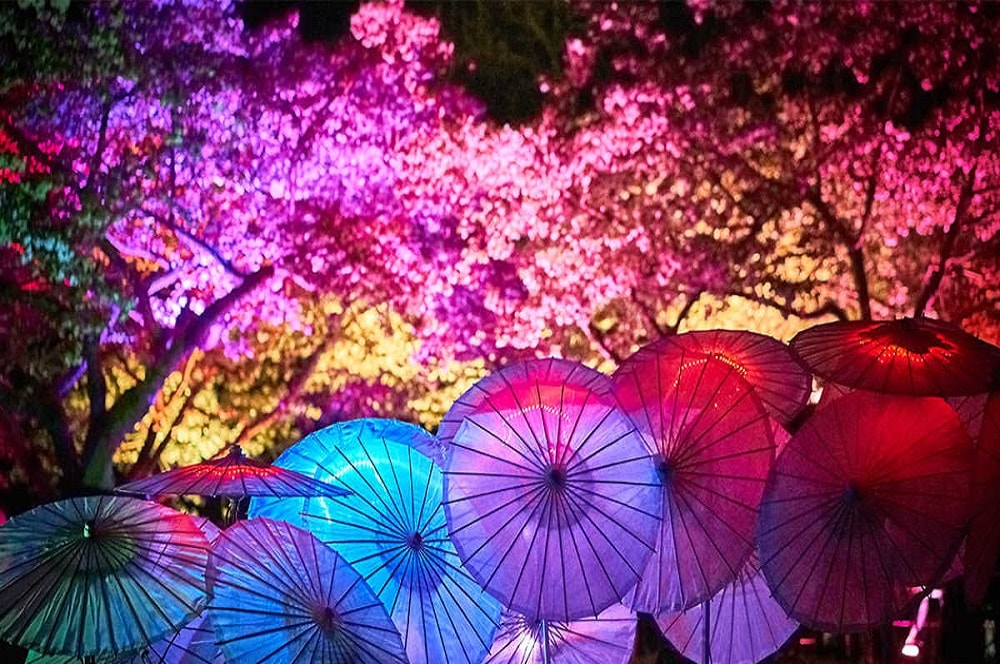
Winterlude
Winterlude Winter Festival started to be organized in 1979 by the Canadian National Capital Commission. It is celebrated in four different cities: Ottawa, Ontario, Gatineau and Quebec. It is one of the most important tourist attraction organizations in the country. Nearly two million people attend Winterlude events every year. The festival takes place in the first three weeks of February. At the Winterlude Festival, people enjoy the winter with concerts, competitions and different sports activities.
Vancouver Light Celebration
Fireworks shows and competitions held in Vancouver, Canada. It was first celebrated in 1990. It is known as the biggest and most recognized festival in Vancouver. In addition to fireworks shows, many concerts and outdoor events are organized. The festival hosts an average of 1.5 million participants every year. The festival, which lasts for 10 days, starts in the last days of July.
Canadian National Exhibition
It takes place in Toronto, Canada. Also known as The Ex. It is the biggest and most important fair of the country. It is the fifth biggest fair of North America. It was started in 1879 to promote agriculture and technology. It hosts approximately 1.5 million participants every year. Farmers, engineers and scientists from different cities of Canada exhibit their production throughout the fair. The fair, which takes place at the Toronto Exhibition Area, runs from mid-August to September.
Quebec Summer Festival
It is a music and entertainment festival held annually in Quebec, Canada. Hundreds of concerts of many genres are organized, including pop, electronic, punk, hip hop, jazz and classical music. It is held in July every year since 1968. More than a million listeners attend the 11-day festival.
Holidays and Important Days in Canada
- Good Friday (25 March)
- Victoria Day (May 23)
- Canada Day (July 1)
- Labor Day (September 5)
- Thanksgiving (10 October)
- Memorial Day (11 November)
- Christmas (December 25)
